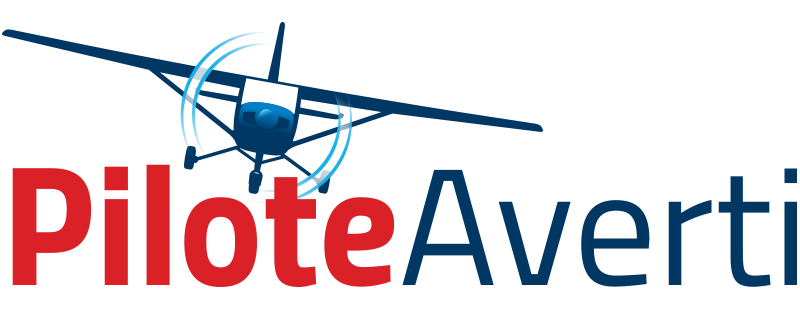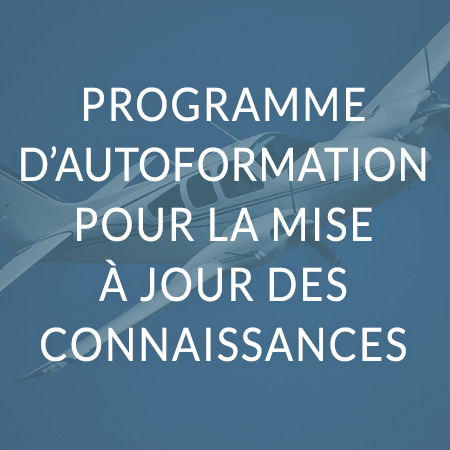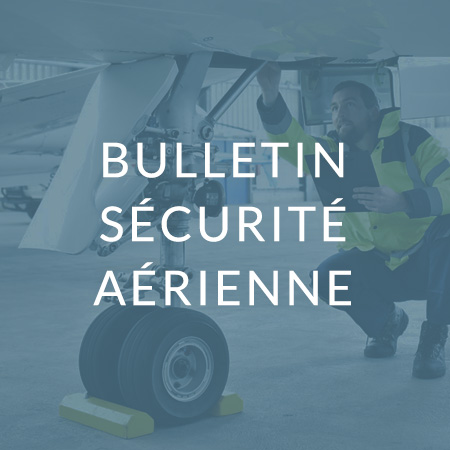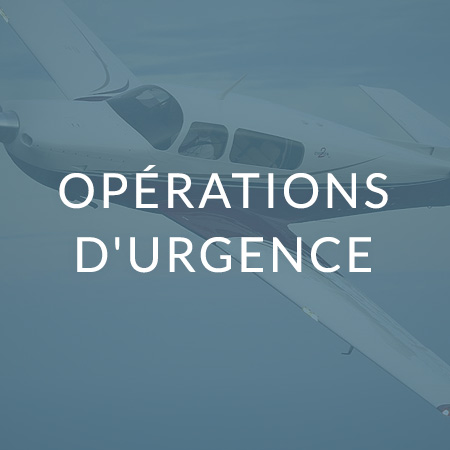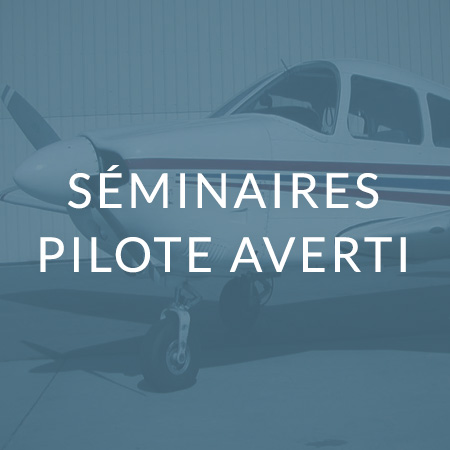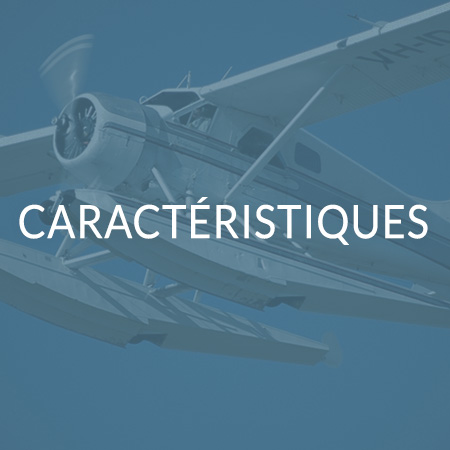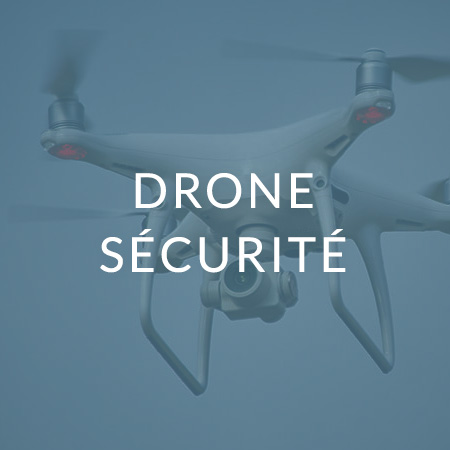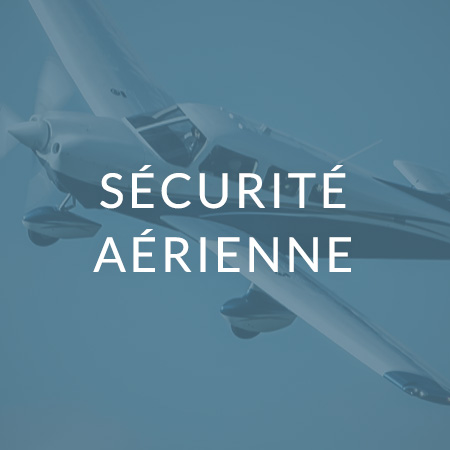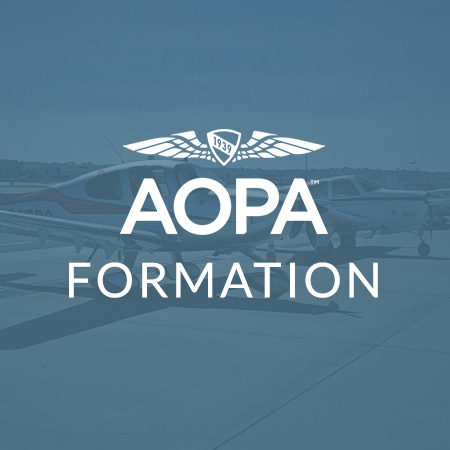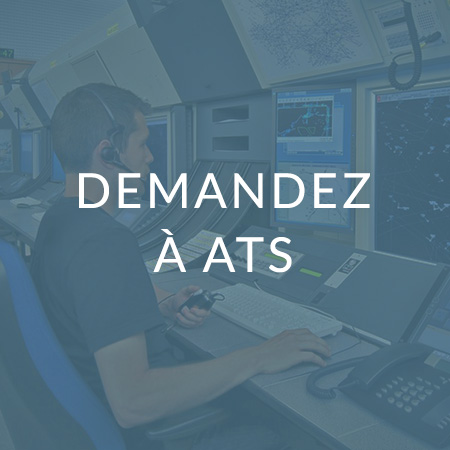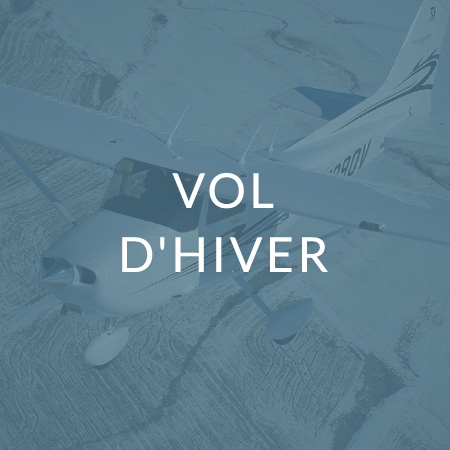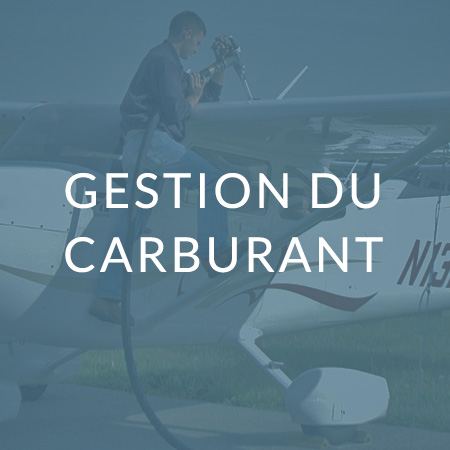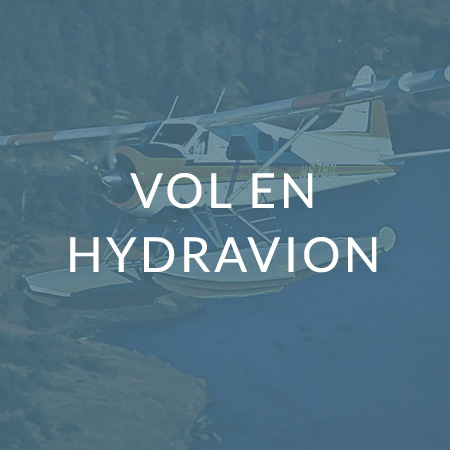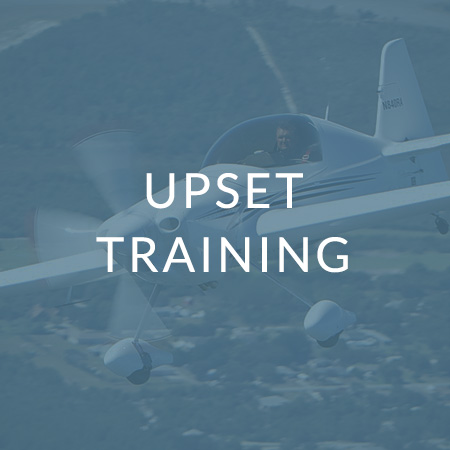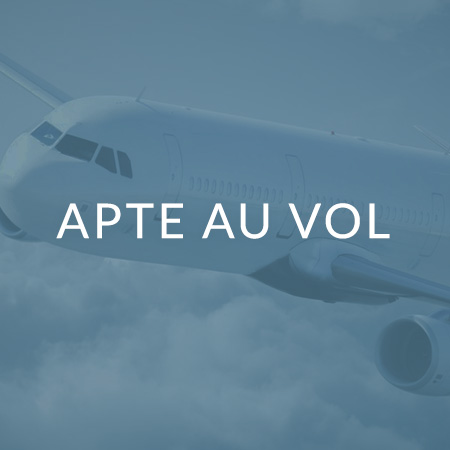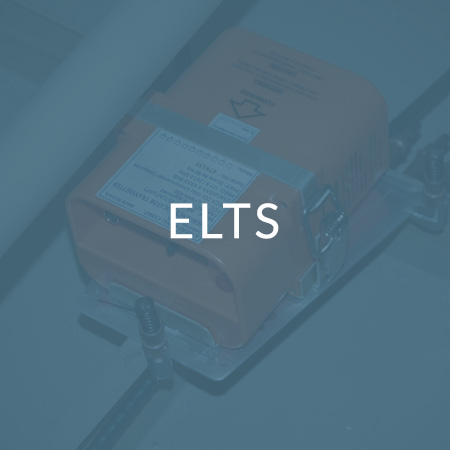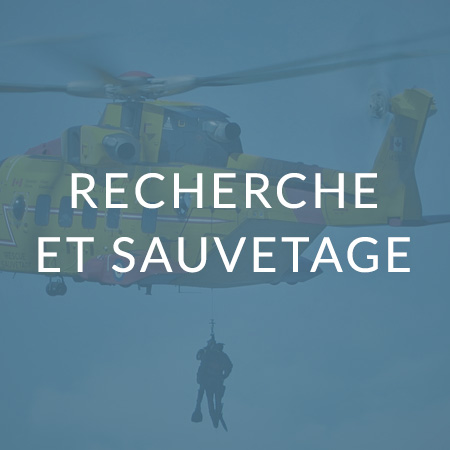How's Your Passenger Briefing?
The Piper Navajo was only a few minutes en route when the overwing Emergency Exit panel opened and departed the aircraft. Luckily, its departure did no other damage to the airframe.
The pilot immediately initiated a return to base and landed safely. It turned out that a curious passenger had removed the plastic cover over the exit handle, and then operated the Emergency Exit release handle.
The pilot and five of the six passengers were no worse for wear. The sixth passenger complained of frosbite — perhaps that was our curious friend.
Passenger safety briefings need to do more than just point out where the exits are. Some do's and don'ts need to be included. Obviously, common sense isn't common.
Originally Published: 1/1997
Original Article: How's Your Passenger Briefing?
How Thorough is Your Test Flight Pre-flight?
Maintenance had just completed a check that required a wing removal on the DC-3. As the test-flight crew levelled the aircraft after takeoff, they used aileron trim to correct a left-wing-heavy condition, but trimming only made the problem worse. They immediately reversed the trim selection and turned for home, landing safely.
Post-flight investigation revealed that the trim was operating in reverse — not the first, nor probably the last time for “Murphy” to strike.
Originally Published: 4/1996
Original Article: Just Briefly - How Thorough is Your Test Flight Pre-flight?
Overweight & Rushed
Seneca Loss of Control
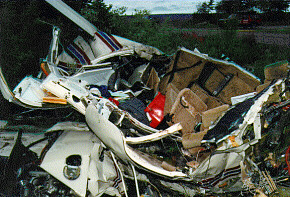 Witnesses who saw the fatal takeoff described the takeoff run as long; the aircraft looked slow and mushy; the wings were rocking immediately after lift-off; and it wavered from side to side before banking steeply into the ground.
Witnesses who saw the fatal takeoff described the takeoff run as long; the aircraft looked slow and mushy; the wings were rocking immediately after lift-off; and it wavered from side to side before banking steeply into the ground.
Would-be rescuers arrived at the scene within seconds but found no survivors among the four on board. The TSB accident report (A95W0153) records the aircraft as being 400 pounds (eight percent) overweight; the landing gear was down at impact; and the nose baggage door was open.
The Seneca III forward baggage door is located on the left side of the nose, is hinged at the top and opens upward. The door is secured in the CLOSED position by rotating the spring-loaded hatch handle 90 degrees clockwise to the horizontal position. This extends two pins into the doorframe. The key lock is then rotated 90 degrees clockwise to the LOCKED position, and the key is removed from the lock. If the key can be removed at other than the fully locked position, lock and key must be replaced.
A one-time Airworthiness Directives and Piper Service Bulletin requiring inspection of the forward baggage door had been complied with seven years earlier. In addition, one month before the accident, the 100-hours inspection of the door hinges, latches and locks had also been signed off as completed. Yet the investigators' examination found the key and lock tumblers were so worn that the key could be removed in any position. The aircraft was not equipped with a "Door Open" warning light.
The pilot/owner had been observed arguing with one of the passengers, a company employee, before departure. His construction project was behind schedule and four other employees had taken the day off. His distressed emotional state likely affected his pre-flight checks and handling of the aircraft. He may have deliberately maintained a low airspeed to keep the airload from ripping the door away from the airframe. With the added drag of the forgotten landing gear and a higher stalling speed because of his overweight condition, the pilot stalled the aircraft at low altitude. Recovery was impossible.
Sudden opening of the door during takeoff would have been unexpected and visually distracting. The noise level, flight control feedback, possible airframe vibration and increased drag further diverted the pilot's attention from his primary job — flying the aircraft.
Originally Published: ASL 1/1997
Original Article: Seneca Loss of Control
Private Pilots Need Ultralight Type Check
The pilot held a private pilot license, aeroplane category, when he decided to try out the Beaver RX550 he had just bought. He also owned a Piper J3, but had never flown an ultralight. He started the engine and a witness heard it quit, then restart. Shortly after the aircraft took off, the witness called someone who lived by the airport to say an aircraft had crashed. It was discovered inverted in a few feet of water with the pilot's body floating nearby.
A couple driving on the highway also saw the aircraft, apparently on downwind, carry out a tight left turn, then nosedive to the ground and crash. They were unable to approach the aircraft from the highway due to the deep water.
The aircraft engine was not operating on impact and the seat belt was broken on both sides. The autopsy showed the pilot drowned.
This is not the first time a private pilot license holder has had a serious accident while trying to fly an ultralight without type training. Ultralights, with their lower speeds and different handling qualities, demand different skills compared to, say, a Cessna 150 or Piper J3. While the private license permits a pilot to fly an ultralight without further training, it is considered poor judgment to do so. A prudent license holder will normally obtain a "type check" from a qualified instructor before attempting solo flight in an unfamiliar aircraft, whether it be an ultralight or any other type.
A recent letter to the editor suggested that the ASL write about ultralight incidents. We don't normally (the above story was originally published in Ultralight & Balloon 2/96). The letter does point out that not everyone is aware of the family of aviation safety newsletters published by Transport Canada. So, aside from the ASL, here is the list:
Vortex (TP 202E) — edited by Bob Grant, for those of you of the fling-wing persuasion. Published six times a year, Vortex is distributed free to all Canadian licenses helicopter pilots.
Maintainer (TP 3658E) — edited by Joe Scoles for the benefit of all AMEs. Four issues yearly bring the latest maintenance concerns to all wrench benders with a current license.
Ultralight & Balloon (TP 7317E) — edited by Joe Scoles. Mailed twice a year to the balloon community and those pilots who fly the lightweights. The original ultralight mailing list was developed from the pilot license list, but, with the new system, we have no way of knowing if you have switched from heavier types to ultralights or fly both.
Originally Published: ASL 1/1997
Original Article: Private Pilots Need Ultralight Type Check
